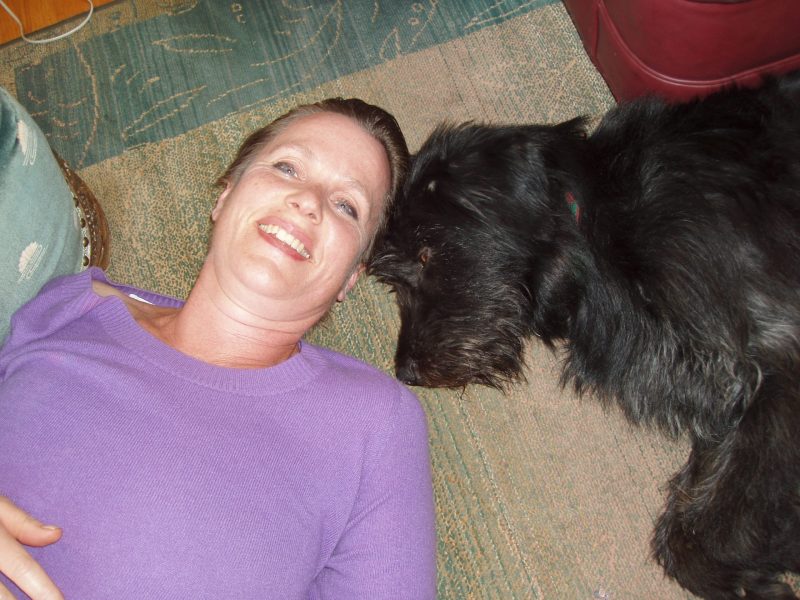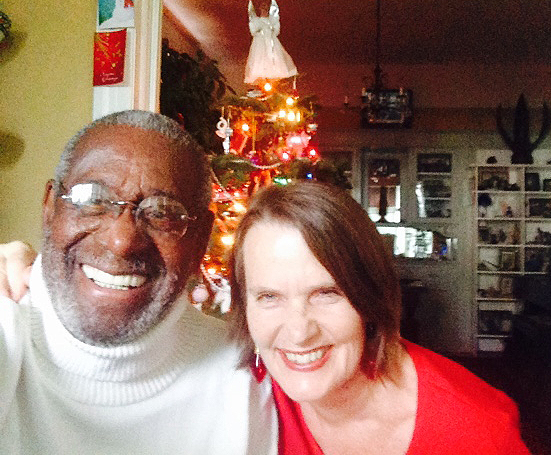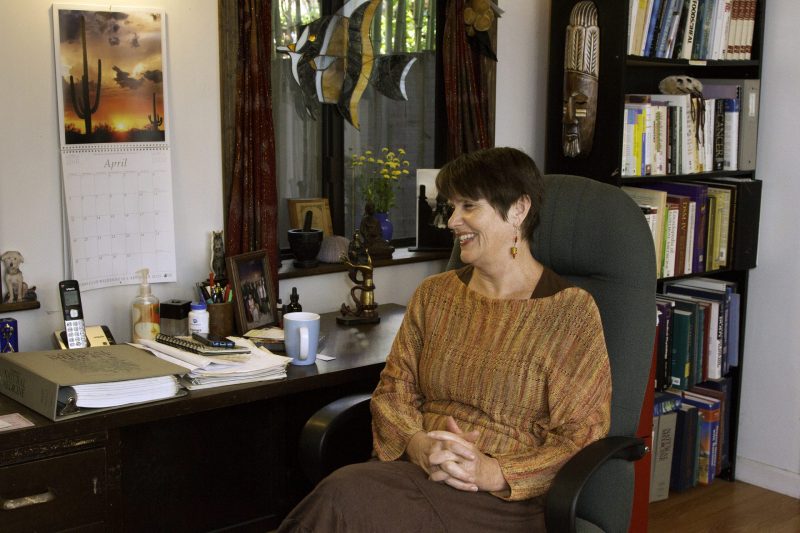Pharmaceuticals saleswoman pivots to career in naturopathic medicine
While working for a pharmaceutical company selling drugs to relieve hypertension, Victoria Hamman remembers, she read a study that said exercise and diet could cure it. Although a doctor told her people would never follow through, the idea was planted.
Today, as a doctor of naturopathy, exercise and diet plans are standards in the toolbox of therapies she prescribes for patients with hypertension and other ailments.
But after getting a degree in science from Purdue University, Hamman ‘s first jobs were at pharmaceutical companies. By her early 30s, while a clinical research liaison, a desire to help people outside of medicine began to build. “I knew I wanted to be some kind of doctor, but not THAT kind of doctor,” she said. She wanted something that encompassed more kinds of healing than just drugs and surgery.

She left the pharmaceutical industry after 11 years and went “searching” for something else, exploring nutrition and medical anthropology while writing medical grants to pay the bills.
Finally, a friend said what she was looking for was naturopathic medicine. Naturopathic medicine is a primary health care option that emphasizes prevention and therapeutic methods and treatments, such as stress reduction and changes to diet and lifestyle.
But in those days, the ’90s, Hamman said, “you didn’t look in the phone book to find naturopathic doctors; they operated “underground.” Today, naturopathy, chiropractic, acupuncture and other therapies outside conventional medicine are widely accepted, in conjunction with increased attention to disease prevention. Integrative medicine employs both. “Doctors send me patients, and some doctors are my patients,” said Hamman.
Up against the AMA
For more than a century, states, which regulate medical practice, viewed anything outside the standard as unlawful. The American Medical Association took particular aim at chiropractors, a century-long effort that ended in 1987, when a court ruled it had violated anti-trust laws in an effort to destroy a competitor.
“The AMA still thinks we’re quacks, but more and more doctors in the Bay Area are accepting of our holistic way of practicing medicine,” she said. As of 2018, more than 6,000 doctors of naturopathy were licensed in more than 23 U.S. states and territories, according to the Institute for Natural Medicine.
Not all who practice naturopathy are doctors. That designation belongs to those who have completed a four-year degree at a school that provides a standard medical curriculum along with clinical nutrition, homeopathic medicine, botanical medicine, psychology, pharmaceuticals and counseling. Passing a professional board exam, they can be licensed as a primary care general practice physician.
Hamman got her degree at Bastyr University in Seattle, Wash, one of seven accredited schools of Naturopathic Medicine in the U.S. and Canada. She was licensed to practice in Washington state in 1999, and in California in 2005.
Hamman, 64, grew up in suburban Indianapolis, Ind, in the 1950s. “My dad, who was a career teacher, mostly middle and high school, was also a health food nut, influenced by a book in the ’70s about foraging for food, ‘Stalking the Wild Asparagus,’ ” she said. “He made fresh yogurt and sourdough bread.”
A fit, fresh-veggie family
Her Mom came on board and both parents tended a big vegetable garden. “Meals became all whole foods with lots of fresh vegetables. We rarely went out to eat,” she said.
Along with good nutrition, Hamman was physically fit. Her dad ran races and then, at 50, her mom started racing as well, ranking in the top in her senior group. Hammond took to swimming. “I was state champion in the swimming medley at age 10 – I like to say that’s when I peaked,” she said, ‘but it laid down a lifetime level of physical fitness.”
After graduating from Purdue, she moved to San Francisco, where her older sister lived. At Glide Memorial Church, she met her future husband, with whom she’s been together for 41 years.

Hamman mainly treats digestive complaints, anxiety and depression, chronic disease and hormone imbalances. She uses nutritional supplements, medicinal plants, homeopathy, dietary adjustments, including a three-week cleanse, and thermographic imaging for the early detection of breast cancer. She treats hypertension with diet and exercise, counseling and support.
She is qualified to analyze blood work and prescribe pharmaceuticals, up to Schedule II – no opioids. “That is fine with me, they’re fraught with problems,” she said. “I did sell them when I worked for the Purdue Frederick Company and saw the value in reducing pain for cancer patients.”
Some of Hamman’s patients resist pharmaceuticals, but they are part of her tool kit. “I contracted rheumatoid arthritis when I graduated from Bastyr and was in horrible pain until I started taking Humera 15 years ago,” she said. “Of course, along with taking a pharmaceutical, I practice meditation, and I take anti-inflammatory herbs and supplements – just as I prescribe for any disease.”
Patient feelings important
Hamman, who calls herself an “old-fashioned naturopath,” makes extra effort to get to know what’s going on in her patients’ lives that maybe creating imbalances.

“We feel the mind and body are inextricably linked. Besides physical symptoms, I have to know what my patient is feeling and thinking,” she said. “Over my 21 years of practice, I am still continually amazed at how well this works for both chronic and acute conditions.”
Even though 90 percent of her patients have regular physicians, she said, she’s seen some of them as long as she’s had her practice. “I have seen generations,” said Hamman, who is still operating out of an office at her Noe Valley home.





